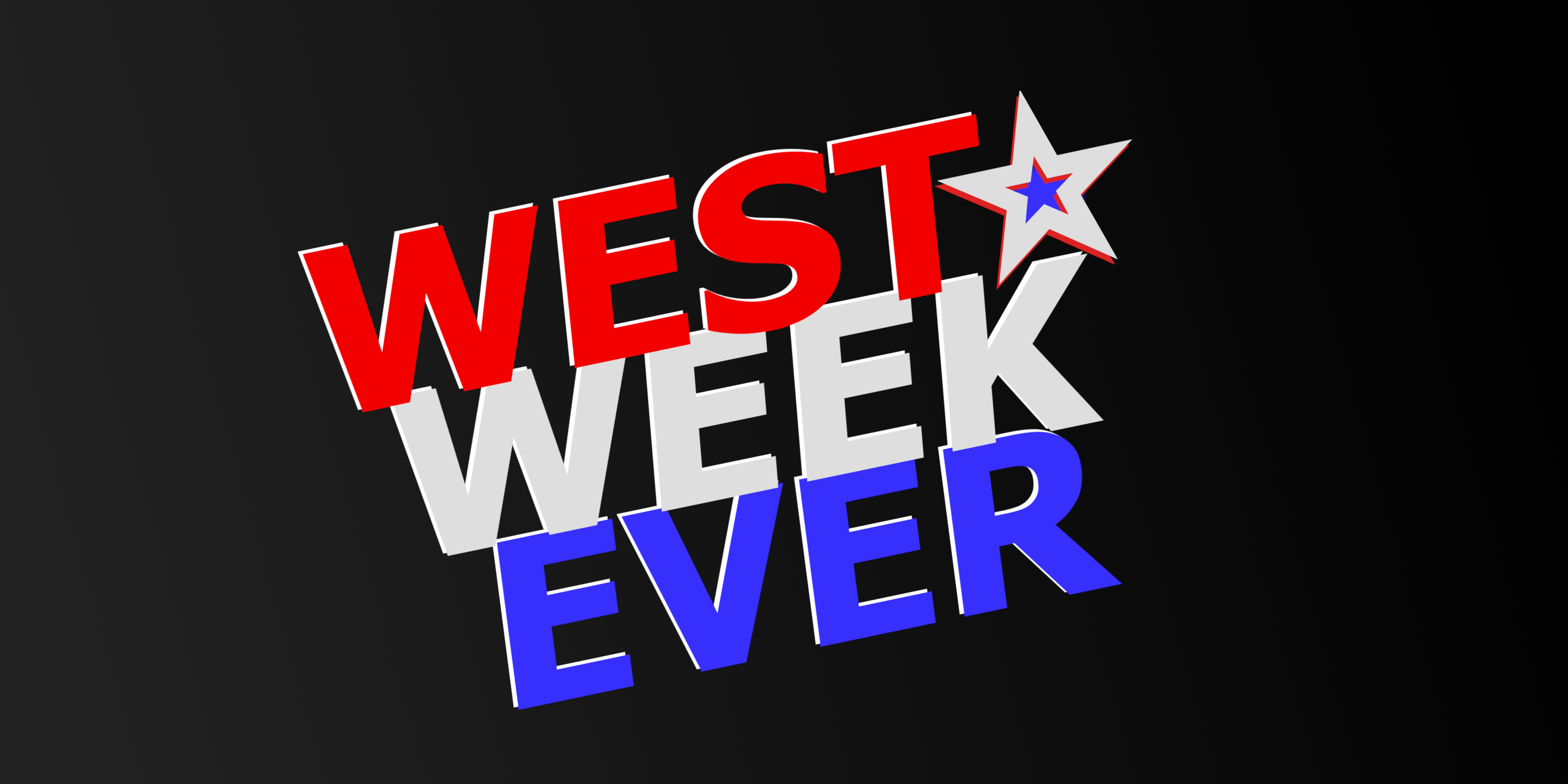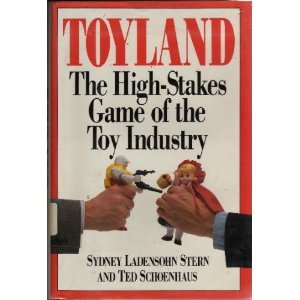This will come as a surprise to no one, but I used to want to work in the toy industry. Yeah, I did the whole 10 years at Toy “R” Us, but I also chose my college major in the hopes of landing a position at Kenner (hey, it was still around then!) or Mattel. My major was early childhood development, with a focus on play and interaction. Since there was no real “toy curriculum”, I figured knowledge of how children go about playing would point me in the right direction. I couldn’t have been more wrong. It turns out that toy companies want *designers*. Instead of trying to make educational toys that look pretty, toy companies attempt to make pretty toys that seem educational. Like with dating and job interviews, looks come first. I did, however, manage to snag an internship at a small specialty toy company in Chicago, called Manhattan Toy. Now, during my time at TRU, I’d learned that I didn’t really care about ALL toys – I just loved aisles 6D and 7D. So, when this small stuffed animal company came along, brash 19-year old me blew it off and jetted of to London. By the time I graduated, I started to realize my dream may not come true. Then came Diamond.
Many people may not realize this, but Diamond has a toy team. Sure, most of the focus is on comics, but they’re also the ones responsible for getting those overpriced toys and busts to your local comic shop. Sadly, the extent of Diamond’s toy decisions are usually something like “How can we get Kotabukiya to give us a great price on these Slutty Sakura statues?” By this point, I was already pretty much over the idea of working in the toy industry. I’d already been a brand manager, albeit in the comic world, and I was really just tired of the sense of entitlement. I didn’t wanna shift over to DST, ’cause a lot of those guys were asshats. Don’t get me wrong – like anything, there were some cool folks, but there were also quite a few douchebags. So, there ended my toy dream. Or so I thought. The moment I cracked open Toyland: The High-Stakes Game of the Toy Industry, it all came rushing back to me. This might sound like hyperbole, but I feel this book should be required reading for anyone with an interest in the business side of toys. If you ever want to bitch about Mattel’s distribution, or wondered why NECA picked up a particular license, or needed to know how toy marketing and development actually work, you MUST READ THIS BOOK.
Toyland, by Sydney Ladensohn Stern and Ted Schoenhaus, primarily follows the creation, development, and release of Tyco’s Dino-Riders toyline. Along the way, however, they provide a great history of the industry – citing major players, as well as the stories behind all of the major toy companies. Published in 1991, many of the companies have since merged or folded, but that doesn’t change any of the history. I got the book about 8 years ago at a used book store, but never really got into it as I didn’t have a lot of attachment to the Dino-Riders line. To be honest, I didn’t even remember it being successful. Now, I clearly see that I was wrong.
I don’t want to give away all of the good parts, so I’ll just give you a sample of what’s inside:
-Sure, you knew about Toy Fair, but did you know about “pre-Toy Fair”?
-Toy companies, while always looking for the next hit, do better with “staples”. In fact, a success could actually be detrimental, as they may be unable to keep up with demand – which is what drove Worlds of Wonder out of business following supply problems with Teddy Ruxpin and Lazer Tag. Hasbro’s acquisition of Milton Bradley helped them stay afloat in lean years, as board games are staples.
-Mattel was considered the “University of Toyland”, as many of its alums have gone on to lead other companies in the industry, bringing Mattel’s systems, terminology, and practices along with them. Most other toy companies ran like family businesses, but Ruth and Elliot Handler built Mattel into the first professional toy operation. Then, they were ousted for fraudulent stock claims, and Mattel eventually became the model of how NOT to run a toy company. Still, it’s nice to read about what it was like before it sucked.Due to its position in the industry at the time the book was written, much of the book serves as an “official history of Mattel”.
-It’s believed that Jem dolls ultimately failed because she was created in a different scale than Barbie. Had they been the same size, they could’ve shared clothes and accessories, despite coming from different companies.
-It’s somewhat amazing to read about the conception of Dino-Riders, and then follow along as it evolves into a completely differrent animal. By no means was the end result what the creators had envisioned, but it was close enough that they could still be proud that their idea ended in a finished product – something few can say.
– Of course a big chunk of the book is about how toy companies felt sidelined when home computing and video game systems came on the scene in the early 80s.
-While the Teddy Bear was originally seen as a fad named for Theodore Roosevelt, it was expected to be replaced by Billy Possum, named for William Taft. Apparently, Taft had eaten roast possum on a trip to Atlanta, but there was no demand for the product.
-When Stanley Weston invented G.I.Joe for Hasbro, the normal inventor’s fee was 5% of net wholesale revenue. Hasbro, however, cited high development costs and only offered Weston 0.5% . Weston countered with 3%, and Hasbro offered him 1% – prompting Weston to sue. In a private meeting before the 1964 Toy Fair, Hasbro asked Weston if they could just buy the concept from him outright, as they felt they were taking a gamble. Eventually, Weston agreed to sell for $100,000. Had he kept the original deal, he would’ve made $150,000 on the first year alone. Weston, however, wasn’t too upset, and had this to say: “I’ve been married and divorced twice. If I’d had all that money I probably would’ve been divorced four times instead of two.”
-Hasbro’s problems surrounding Flubber deserve an entire book of their own. Long story short, a massive Flubber recall resulted in the supply being buried under Hasbro’s parking lot, which has pushed the property about 2 inches higher than the rest of the site.
–My Little Pony was the result of market research where Hasbro asked little girls “What do you see when you go to bed and close your eyes?”
-In the great GoBots vs Transformers debate, Tonka’s development team felt they were doing kids a favor by simplifying the transformations, while later research indicated that kids enjoyed the more complex transformations of the Transformers line.
-Toy companies seem to have more moles than a season of 24, which results in specs and samples being leaked to bootleggers and the competition. Most companies, however, take it as proof than they’re onto something big if other are that interested in stealing the idea.
-Xavier Roberts, creator of the Cabbage Patch Kids, is an eccentric genius. He was an artist first and foremost, making him a terrible businessman.
-There’s a goof chunk about the deregulation of the 80s, leading to the Program Length Commercial. It also into the deals that were cut between television stations and syndicators. For example, Lorimar syndicated Thundercats. If a station agreed to air the cartoon, they would get a percentage of LJN’s Thundercats toy sales.
-There’s a great comparison between the business practices of Toys “R” Us, Kay-Bee, and FAO Schwartz. Two of these companies don’t exist any longer, and the remaining one doesn’t look like it did then. Still, it’s an interesting snapshot in time.
Anyway, I’ve teased enough. If you’re interested in the business of the toy industry, I highly recommend Toyland: The High-Stakes Game of the Toy Industry. How do you get it? I dunno. Do I look like Barnes OR Noble? Maybe it’s on bit torrent or Amazon or something. Geez, I can’t do everything for you!




